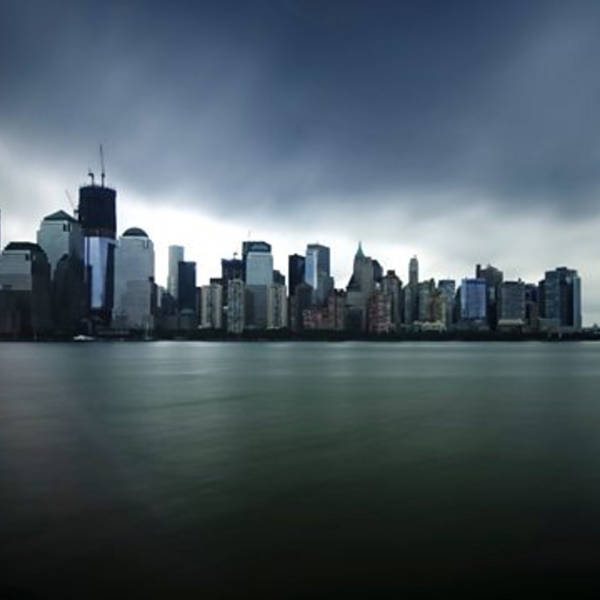
New York's Big Green Clean
Tom Heap visits New York to find out how the city is cleaning up its dirty waterways and bringing back oysters to the harbour.
New York is highly populated. The 8 and a half million inhabitants of the five boroughs of Manhattan, Queens, Brooklyn, The Bronx and Staten Island use a lot of water and create a lot of waste. As a result the myriad of waterways, streams and creeks that all flow around the city, the network of 'sewersheds' that meander below the sidewalks, not to mention the vast rivers: the Hudson and the East River have all, over several centuries become increasingly dirty, polluted with litter, oil and worst of all raw sewage. Each time rainfall exceeds around half an inch, the aged Combined Sewage Overflow systems discharge into the rivers.
But in light of 'Super Storm' events such as Sandy and Irene, New York has begun to tackle the problem.
The city's Department of Environmental Protection has embarked on on a 'Green Infrastructure Plan'. Over the next 15 or so years $2.4 billion dollars will be spent on rebuilding the city to help it deal with high rainfall. There are 'green roof' projects, tree-planting programmes, and 'bioswales' are being constructed: all measures to try and reduce the impact of a storm of a similar ferocity wreaking such havoc in the future.
Meanwhile a group of plucky scientists are attempting to bring oysters back to New York harbour: once home to the largest oyster beds in the world, New York produced more oysters than the rest of the world combined. New Yorkers rich and poor alike dined on the shellfish. The waters of the harbour became so polluted that they no longer thrive there, but scientists from the Billion Oyster Project aim to have a billion oysters living in the harbour by 2030, so convinced are they that the water quality will have improved sufficiently by then.
Recent storms in the UK have shown that basic infrastructure struggles to cope when facing a deluge of heavy rain and strong winds, and so when a major storm event hits a major urban centre the results can be devastating.
Tom Heap discovers what knowledge could be gained from the New York project and whether similar sorts of measures could be taken in towns and cities in the UK.
Presenter: Tom Heap Producer: Martin Poyntz-Roberts.
